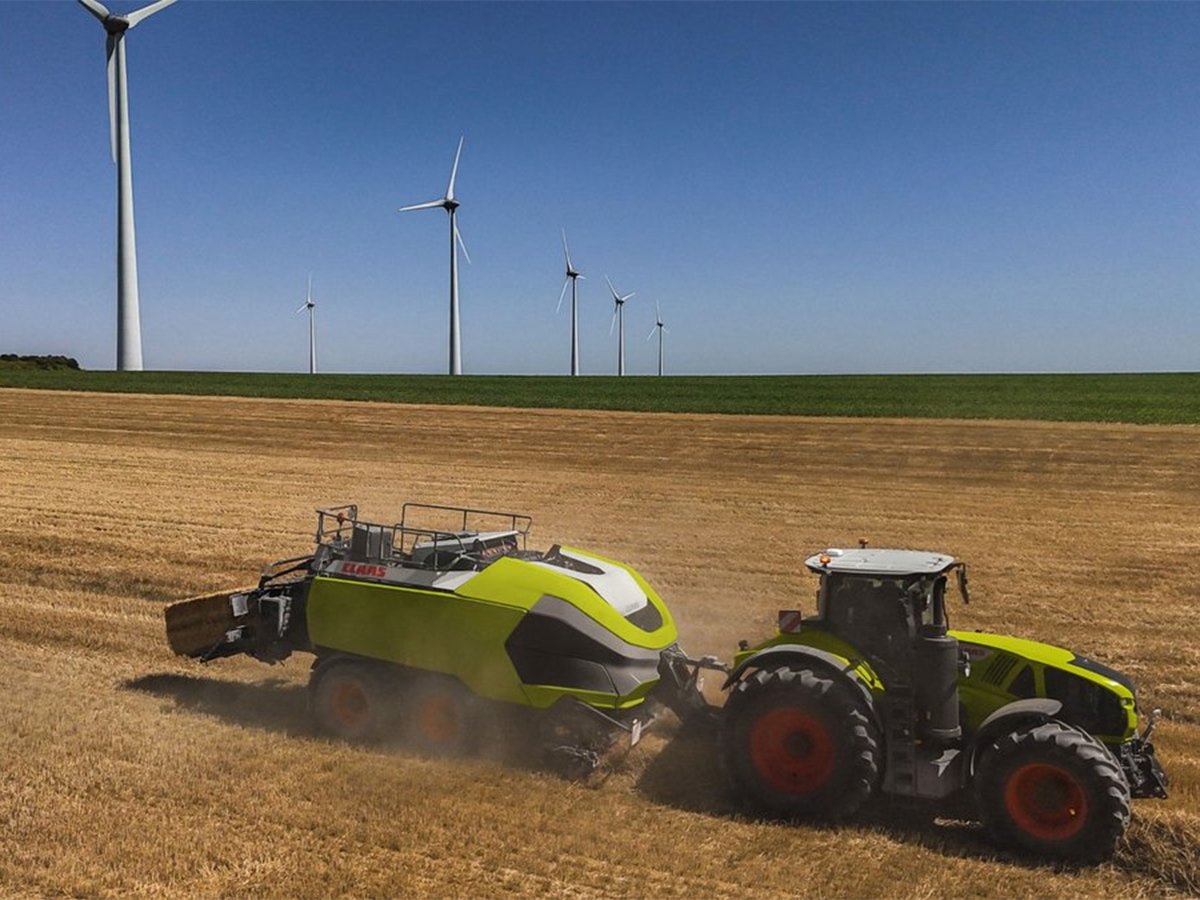Disposing of plastic silage bags, jugs and twine is a growing challenge.
All plastic can be recycled into products as diverse as polyester clothing, carpeting and fence posts, but twine, silage bags, grain covers and containers present a special challenge.![]()
“It is very valuable material, but it is very dirty and recyclers don’t want it,” said Christina Seidel, head of the Recycling Council of Alberta.
Read Also

Machinery automation runs through 2025 Agritechnica innovation awards
Computer vision and AI processing for farm machinery show up many times in Agritechnica’s 2025 innovation award winners.
“It is about much more than recycling. The other big problem we have with ag plastics in this province is that we know the majority of them are being burned in farmers’ fields right now …. It creates a very serious air pollution problem.”
The council is an advocacy group formed in 1987. It works with businesses and governments to manage waste materials dumped in overflowing municipal landfills.
The council believes in a co-ordinated recycling effort among the prairie provinces because almost no one is accepting these plastics except on an ad hoc basis.
The best solution may be to embed a recycling fee into the cost of each item, similar to what is done with tires, electronics and beverage containers, because if money is to be made, private industry will come forward.
“At the end of the day there needs to be enough money in the system to make that worthwhile for a recycler to do,” Seidel said.
“When there isn’t enough private industry doing it, that means the economics is not there (so) some co-ordinated effort needs to be launched to make the finances work.”
Another challenge is that even though prices are falling for recycled bales of plastics, manufacturers continue to use new materials.
“From an energy input point of view, it is more efficient to make something out of recycled material than using virgin materials,” she said.
“Our economic system does not really account for these things.”
Recycling programs for oil, tires, electronics and beverage containers have been successful in Alberta, and private industry has developed new products. The beverage container program recovers about 75 percent of bottles and cans. The government recently increased the refundable deposit and hopes to recover 85 percent.
The council is also working with the construction industry. The Alberta government recently announced a recycling plan with builders and demolition companies. It is estimated building the average house generates four to seven tonnes of building waste that ends up at the dump.
Green tips:
What to do about plastics
* Carry cloth bags on shopping trips. Recycling plastics saves 90 percent of the energy used to make new plastic products. In a landfill, plastics (including shopping bags) account for seven percent of the waste by weight and 18 percent by volume.
* Pack lunches in reusable containers rather than plastic bags.
* Recycle as many plastic containers as provided for in your area and reuse others.
* Large plastic milk jugs are recyclable, but they also have many uses on farms, including as containers for pet food and water. Cut off the tops and keep the handles to create receptacles for odds and ends in barns, workshops and craft rooms. Use them in the garden for berry picking.
Source: Staff research















